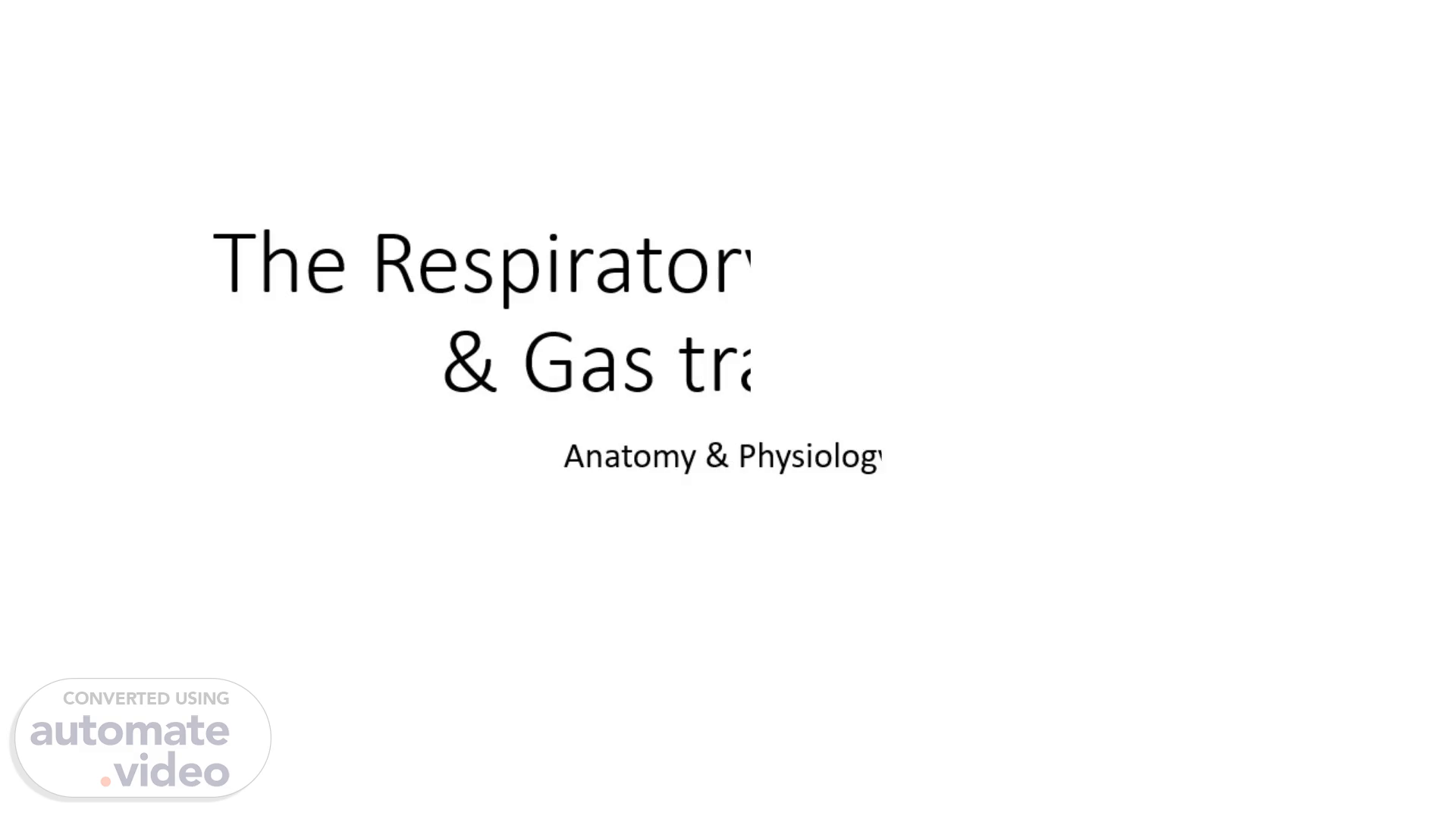Scene 1 (0s)
The Respiratory Membranes & Gas transport. Anatomy & Physiology.
Scene 2 (6s)
© 2015 Pearson Education, Inc.. The Respiratory Membrane.
Scene 3 (22s)
Figure 13.6 Anatomy of the respiratory membrane (air-blood barrier)..
Scene 4 (45s)
Four Events of Respiration. Pulmonary ventilation—moving air into and out of the lungs (commonly called breathing) External respiration—gas exchange between pulmonary blood and alveoli Oxygen is loaded into the blood Carbon dioxide is unloaded from the blood.
Scene 5 (59s)
Four Events of Respiration. Respiratory gas transport—transport of oxygen and carbon dioxide via the bloodstream Internal respiration—gas exchange between blood and tissue cells in systemic capillaries.
Scene 6 (1m 9s)
© 2015 Pearson Education, Inc.. Mechanics of Breathing (Pulmonary Ventilation).
Scene 7 (1m 22s)
© 2015 Pearson Education, Inc.. Mechanics of Breathing (Pulmonary Ventilation).
Scene 8 (1m 30s)
© 2015 Pearson Education, Inc.. Mechanics of Breathing (Pulmonary Ventilation).
Scene 9 (1m 44s)
Figure 13.7a Rib cage and diaphragm positions during breathing..
Scene 10 (2m 2s)
© 2015 Pearson Education, Inc.. Mechanics of Breathing (Pulmonary Ventilation).
Scene 11 (2m 20s)
© 2015 Pearson Education, Inc.. Mechanics of Breathing (Pulmonary Ventilation).
Scene 12 (2m 33s)
Figure 13.7b Rib cage and diaphragm positions during breathing..
Scene 13 (2m 52s)
Gas Transport in the Blood. Oxygen transport in the blood Most oxygen travels attached to hemoglobin and forms oxyhemoglobin (HbO2) A small dissolved amount is carried in the plasma.
Scene 14 (3m 4s)
Figure 13.11a Diagrammatic representation of the major means of oxygen (O2) and carbon dioxide (CO2) loading and unloading in the body..
Scene 15 (3m 30s)
Gas Transport in the Blood. Carbon dioxide transport in the blood Most carbon dioxide is transported in the plasma as bicarbonate ion (HCO3–) A small amount is carried inside red blood cells on hemoglobin, but at different binding sites from those of oxygen.
